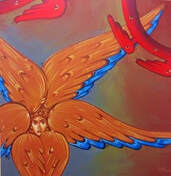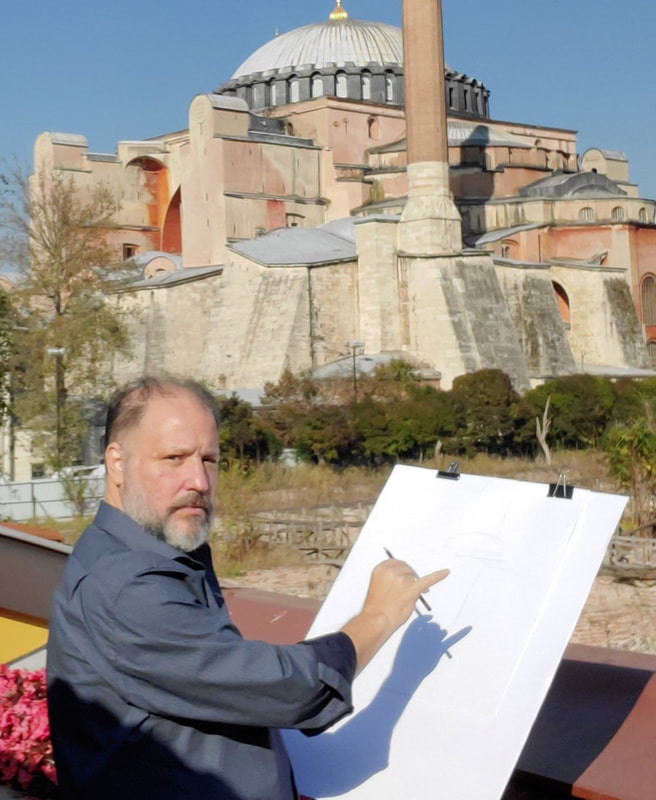This recent pronouncement of Patriarch Theophilos of Jerusalem surprised me. I couldn’t even begin to grasp in what capacity the Patriarch of Jerusalem is “the guarantor of the unity of the Orthodox Church” so I’ll only address what is obvious. His subtle modification and replacement of “Church of Jerusalem” for “Zion” in an explicit ecclesial innovation. The distinction is a deviation from long-held understandings of the Orthodox Church’s precedence and protocol. The church (Patriarchate) of Jerusalem is “in Zion,” it is not Zion. Zion is clearly a reference to the Theotokos. Orthodox Hymnography refers to Zion as the Mother of Churches, not the “Church of Jerusalem.” As we read in the Paschal Hymn to the Theotokos:
Tone 1 The Angel cried to the Lady, full of grace: Rejoice, O pure Virgin! Again, I say: Rejoice, your Son is risen from His three days in the tomb! With Himself He has raised all the dead. Rejoice, O ye people! Shine, shine, O new Jerusalem! The glory of the Lord has shone on you. Exult now, and be glad, O Zion! Be radiant, O pure Theotokos, in the Resurrection of your Son! Ήχος πλ. δ' «Χαίρε Σιών, Αγία Μήτηρ των Εκκλησιών, Θεού κατοικητήριον συ γαρ εδέξω πρώτη, άφεσιν αμαρτιών, διά της Αναστάσεως» Plagal Fourth "Hail Zion, Holy, Mother of the Churches, God's dwelling; This is the first forgiveness of sins, through the Resurrection." Thotokos as Zion The City of God – The prophecy of the following Psalm is realized in her: “Glorious things are spoken of you, O city of God” (Psalm 87:3). It is also said of her, “the city of the great king.” Also, certain prophecies which were said about Jerusalem are realized in her: “And of Zion it will be said, this one and that one were born in her; and the most High Himself shall establish her” (Psalm 87:5). Hence Holy Zion is understood as the Holy Land: from the Holy Sepulcher and the Church of the Resurrection, to the garden in Gethsemane and cave in Bethlehem; from Jericho, to the Tiberian Sea and the city of Nazareth, wherever the Grace was transmitted upon the earth. These places cannot leave untouched, any human soul. Never has Zion been the Patriarchal Church of Jerusalem. His Beatitude has often referenced the above hymns and has even said in reference to his holy See “η Εκκλησία της Αγίας Σιών” “the Church of the Holy Land”. Any student of church history or current events clearly sees the diplomacy of his comment. Why then the provocation? I will not conjecture why. Not even considering his audience at a recent speech, on the occasion of the two-hundred-year anniversary of the diplomatic support of the Russian presence in the Middle East; “The Church of Jerusalem, which is the Mother of all the Churches, is the guarantor of the unity of the Orthodox Church. We acknowledge especially the role that the Russian Orthodox Church has played down the centuries, and especially during the Ottoman period, in supporting the Church of Jerusalem politically, diplomatically, and of course, financially.” The “Mother Church” is unambiguously Constantinople. I’ve included some excerpts from “The Mother Church, Constantinople.” A paper I wrote some years ago which aptly pertains to this conversation… I affirm the term "Mother Church" to mean the Patriarchal Throne of Constantinople. Historically speaking even before the title 'Ecumenical' was conferred upon the Holy See by the Great Council of Chalcedon in the 5th century, Constantinople was, the Mother Church. No one can deny the importance of this throne as the axis of Christianity. Specifically, the prestige of Byzantium: Constantinople, the New Rome. The Imperial city. The epicenter of Christianity (both metaphorically and factually) for the first Millennium. It remains undoubtedly the Mother Church of Orthodoxy with very little to compare. On the day of Pentecost Grace was imparted upon the Holy Orthodox Church and the Apostles went out and founded various churches: Iakovos the Brother of our Lord founded Jerusalem, Mark founding Alexandria, Peter founding Rome, Andrew the First-Called founding Byzantium (later named Constantinople) and Saint Paul founding Antioch and so on. The term "Mother Church" is aptly conferred to Constantinople not only due to its importance as "The" capital city and center of economic, political and social importance for well over a millennium. Moreover, its role as the spiritual center and the source of Orthodox theology, culture and its concrete influence over all the known oikouménē, “inhabited world” a fact no other patriarchate can claim cannot be overstated. Jerusalem, Holy Zion, the city where Christ lived out His ministry, was crucified and resurrected, ascended into heaven and where the Holy Spirit descended on Pentecost. However, "the church" of Jerusalem was not established until its first bishop was assigned; founded by Saint James, the Brother of our Lord. Jerusalem continued to be a bishopric until 451, when at the Council of Chalcedon (a suburb of Constantinople) granted Jerusalem independence from the metropolitan of Antioch and from any other higher-ranking bishop. Jerusalem was granted what is now known as autocephaly, in the council's seventh session whose "Decree on the Jurisdiction of Jerusalem and Antioch" contains: "the bishop of Jerusalem, or rather the most holy Church which is under him, shall have under his own power the three Palestines...” This led to Jerusalem becoming a patriarchate, one of the five patriarchates known as the pentarchy, when the title of "patriarch" was created in 531 by Justinian. Jerusalem's importance as a religious center is rooted in the 4th century when Saint Helena of Constantinople (mother to Roman Emperor Constantine for whom Constantinople takes its name) established shrines, basilicas and created the Christian center we now know as Jerusalem. In fact, this Orthodox centered Christian leadership only lasted for a few decades until the Persians took over the city. This conquered/re-conquered cycle would unfortunately become Jerusalem's fate. A city to be battled for, over the centuries. Through the ages the Church has had glimmers if spiritual jewels its relative influence over the Orthodox world, culture or artistic influence was limited to its geographic location as the center of Christian Pilgrimage and based in Constantinopolitan influences. I do not minimize the importance of the development of St James' Liturgy though one could argue the Liturgies of Basil and Chrysostom have far broader consequences and equate to scarcely single measure of the importance of any Throne’s influence overall. Constantinople is the "The Mother Church" of Orthodoxy, particularly of all the Slavonic lands; the missionaries Cyril and Methodius were sent by Constantinople. The history of the Rus: Kiev, Moscow and consequentially all the eastern European (Bulgaria, Romania, Czech & Slovakia...) Linguistically and Genealogically examined most of the Orthodox Churches owe their lineage, heritage and culture to Constantinople. Beyond this simplistic logical genealogical understanding of 'mother'; Constantinople retains her Motherhood to all of Orthodoxy as the spiritual and administrative center of Orthodoxy; rights and privileges conferred by the most Holy Ecumenical Councils… and so much more. In a final evaluation "Constantinople is the Mother Church of Orthodoxy". Not simply since Emperor Constantine founded the New Roman Capitol and legalized the practice of Christianity, but one could say Christendom was birthed here in this city; "The City". Constantinople is the very womb of Christianity and her culture. The spring of Christian: fine art, music and poetry; architecture, engineering, and commerce; educational scholarship, philanthropy and health care; doctrine via Ecumenical Councils, the incomparable liturgical development "Byzantine" (Rum) Rite and the nurturing of monasticism (Mount Athos, Cappadocia...); missionary, pastoral and governmental influences; sacred monuments, traditions, and inheritance; and the inventory goes on and on. No other city, or Patriarchate compares in its capacity to originate such a vast list of creative human achievement and/or breathtaking Christian endeavors. Particularly when we examine and equate the vast multifaceted influence of the Throne of the Ecumenical Patriarch of Constantinople on Christianity or even civilization, no other Patriarchate can draw this unique distinction or be designated Mother of Churches. Glory be to God. Comments are closed.
|
Most Popular Posts
Archives
August 2024
Categories
All
Αγιογράφος
Ηλίας Δαμιανάκης Άρχων Μαΐστωρ της Μεγάλης του Χριστού Εκκλησίας AuthorBy the Grace of God Archon Elias Damianakis has ministered in the study of Holy Iconography since 1980. In his biography you can read about Elias' life and on his portfolio page you can see where he has rendered some of his hand painted iconography or visit the photo galleries to see some of his work. There is a complete list of featured articles, awards and testimonials which you can visit, as well as a list of notable achievements here below. Please contact Elias for more information or suggestions for this website, thank you and God Bless. |
||||||
|
Orthodox Iconography
by the hand Sub-Deacon Elias Damianakis Hagiographos (Iconographer) Archon Maestor of The Great Church of Christ Archon of The Ecumenical Patriarchate [email protected] 727-372-0711 |
ο Άρχων Μαΐστωρ της Μεγάλης του Χριστού Εκκλησίας
Υποδιάκονος Ηλίας Δαμιανάκης -Αγιογράφος
Disclaimer: The views and opinions expressed on this site are those of the author and do not necessarily reflect the official policy or position of any organization I have been, currently, or will be affiliated within the future.
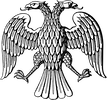
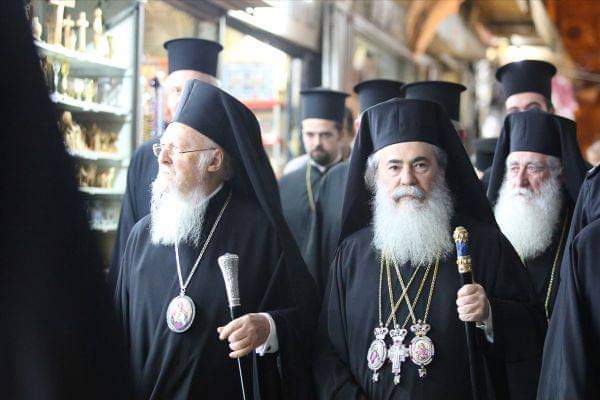

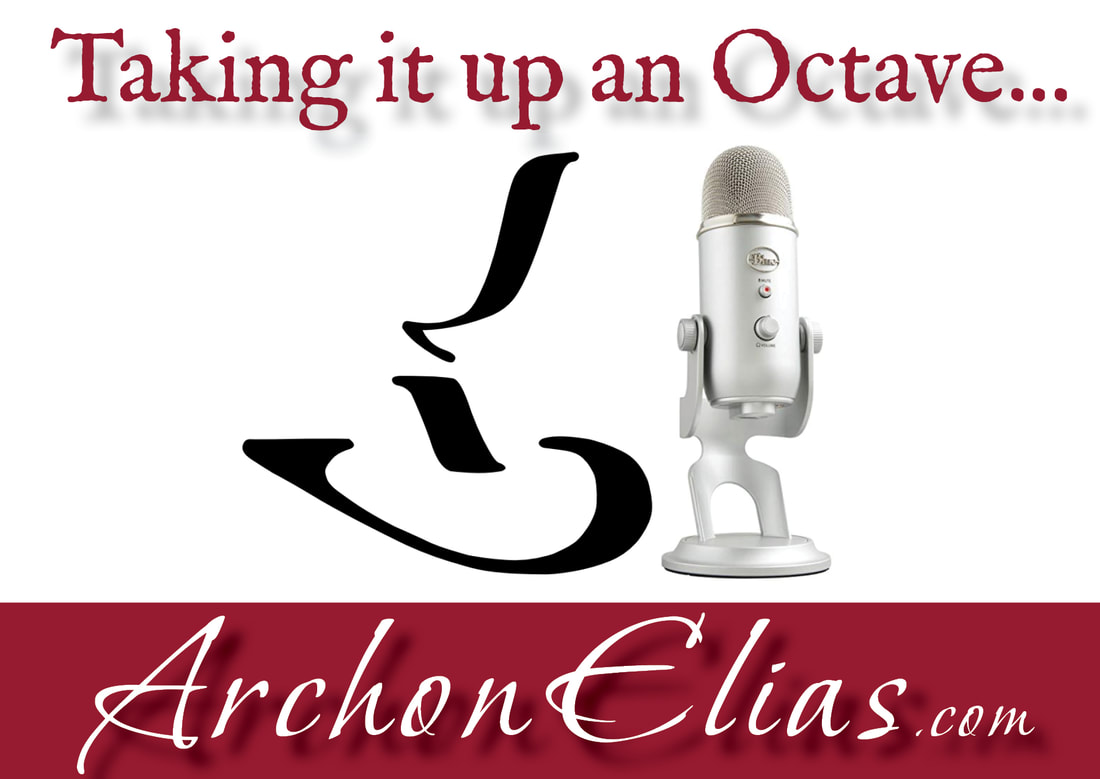
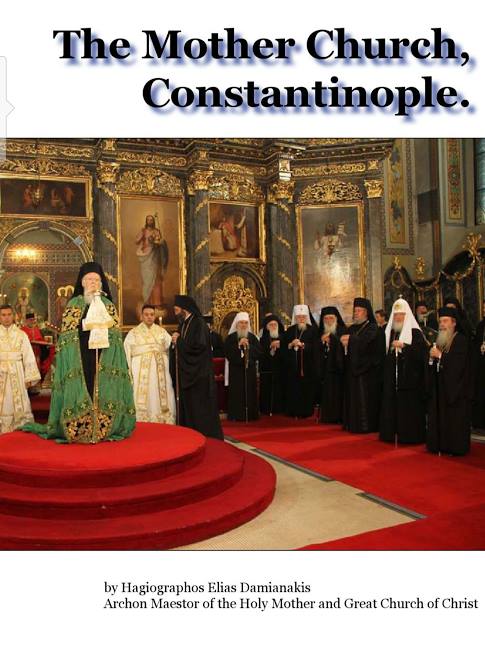
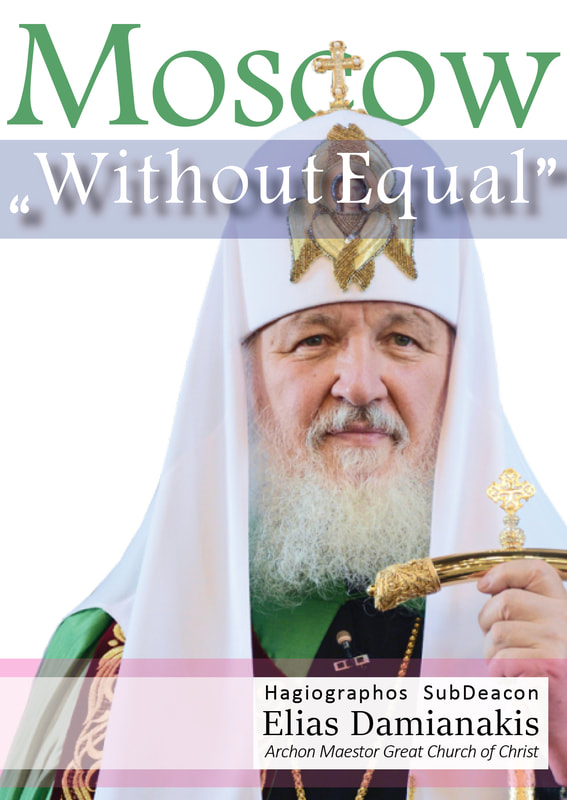
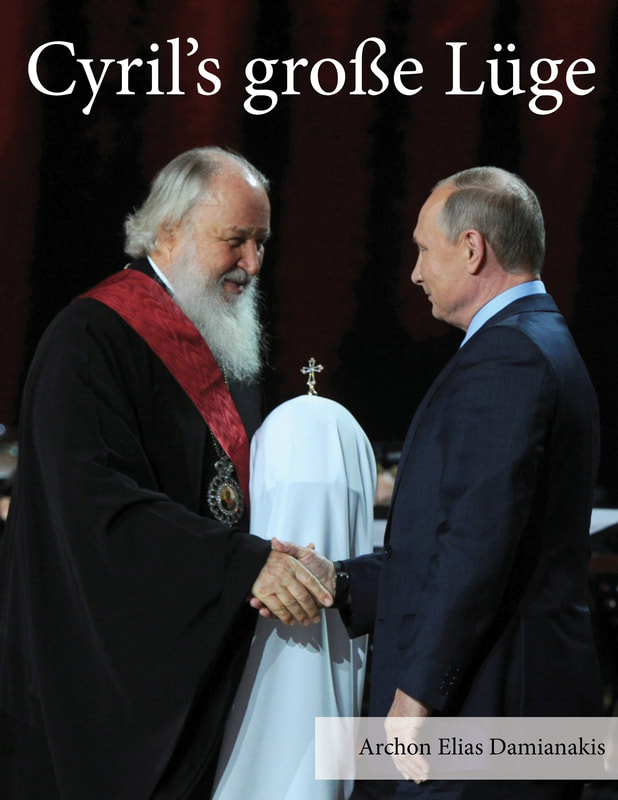
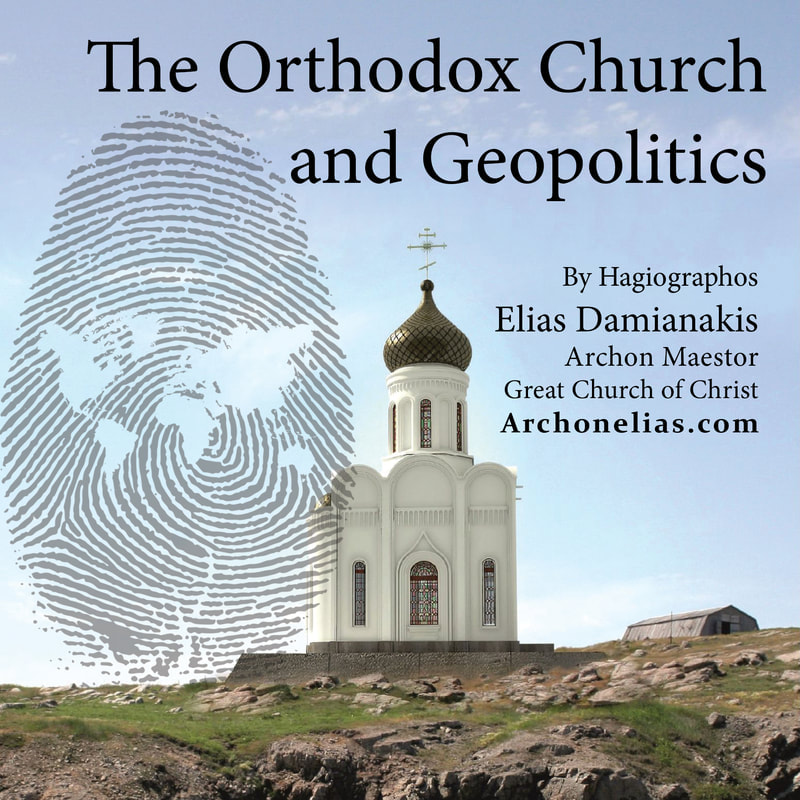
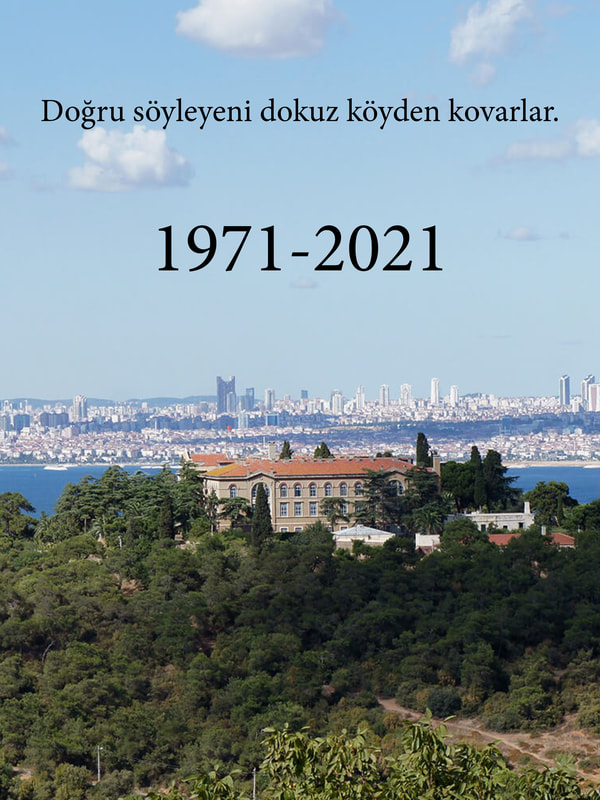
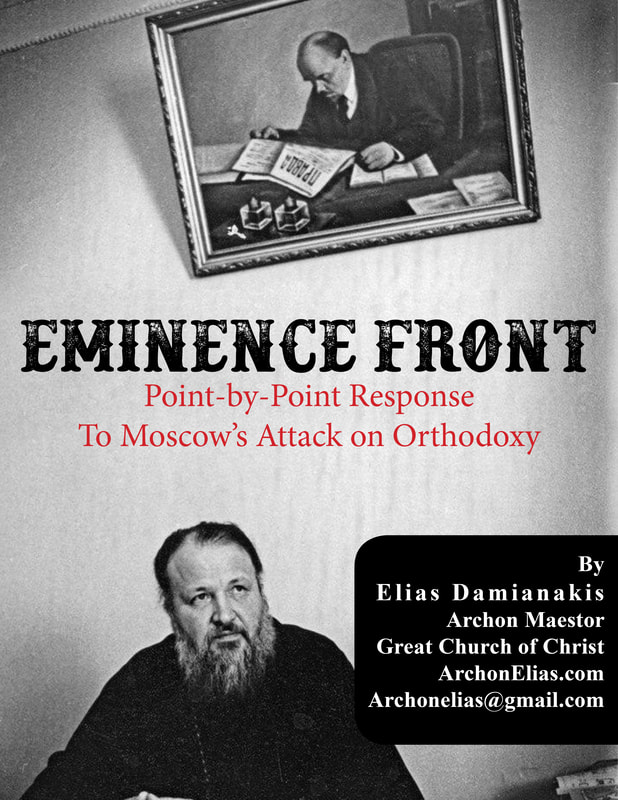
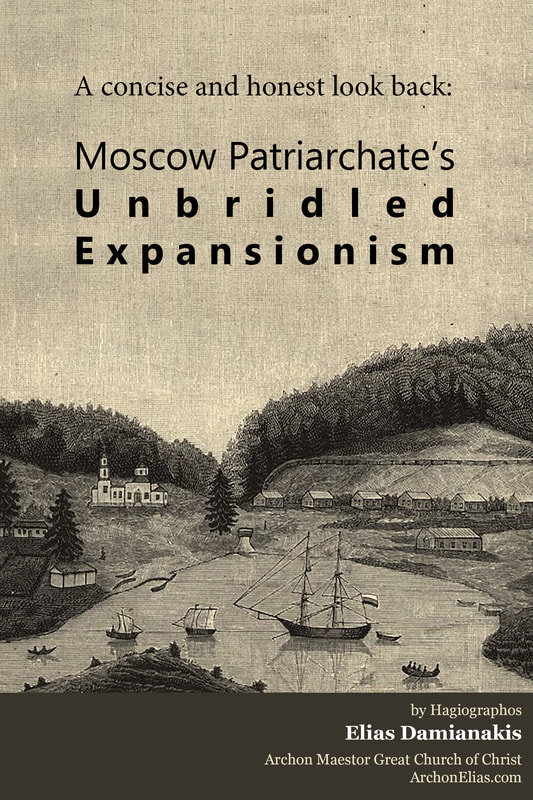
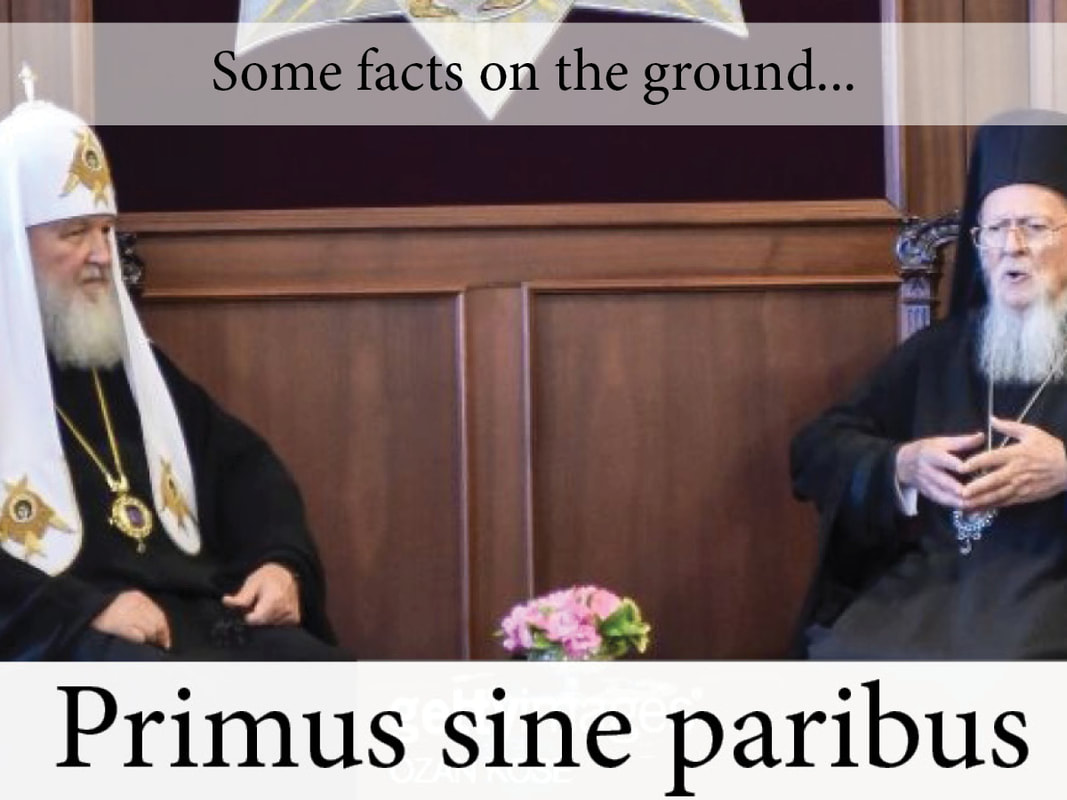
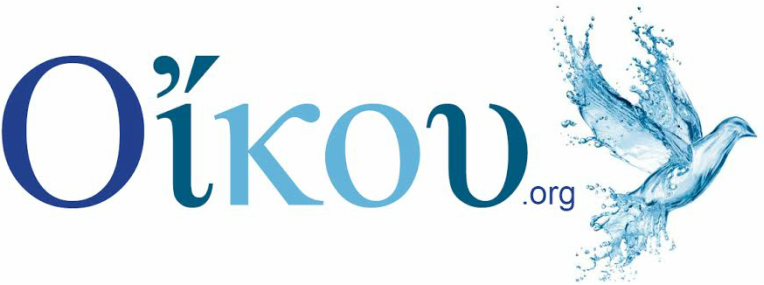
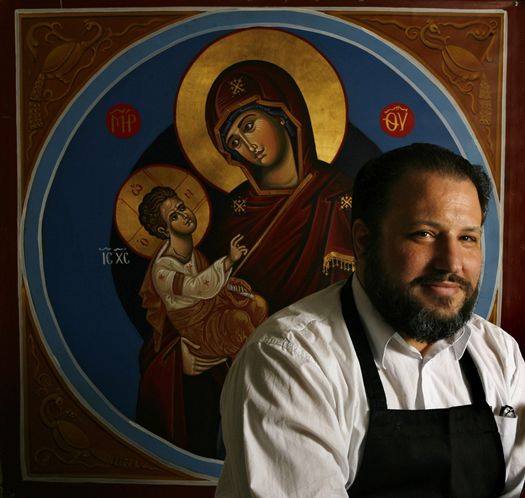
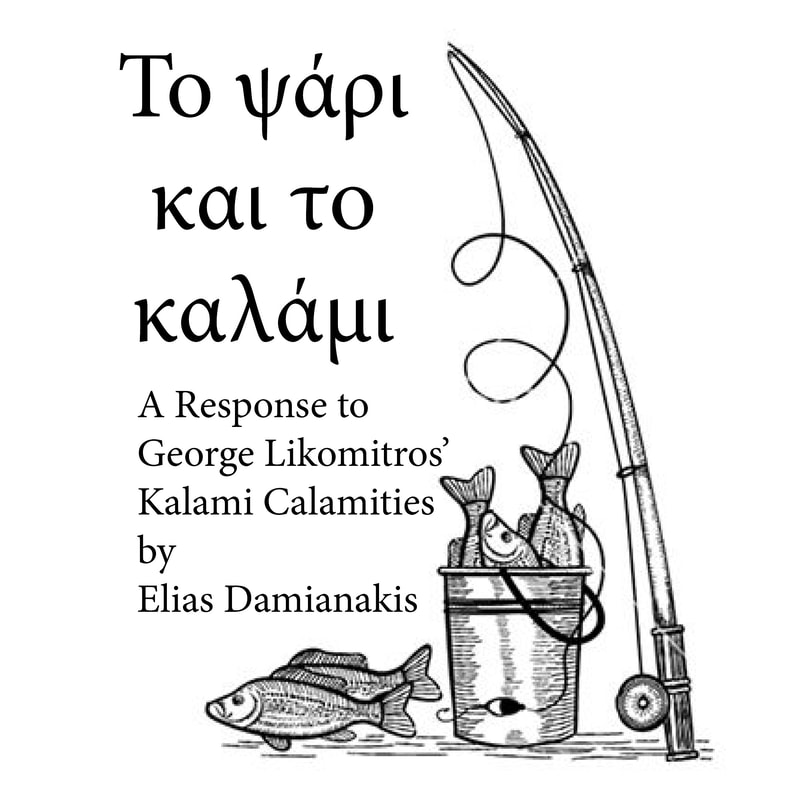
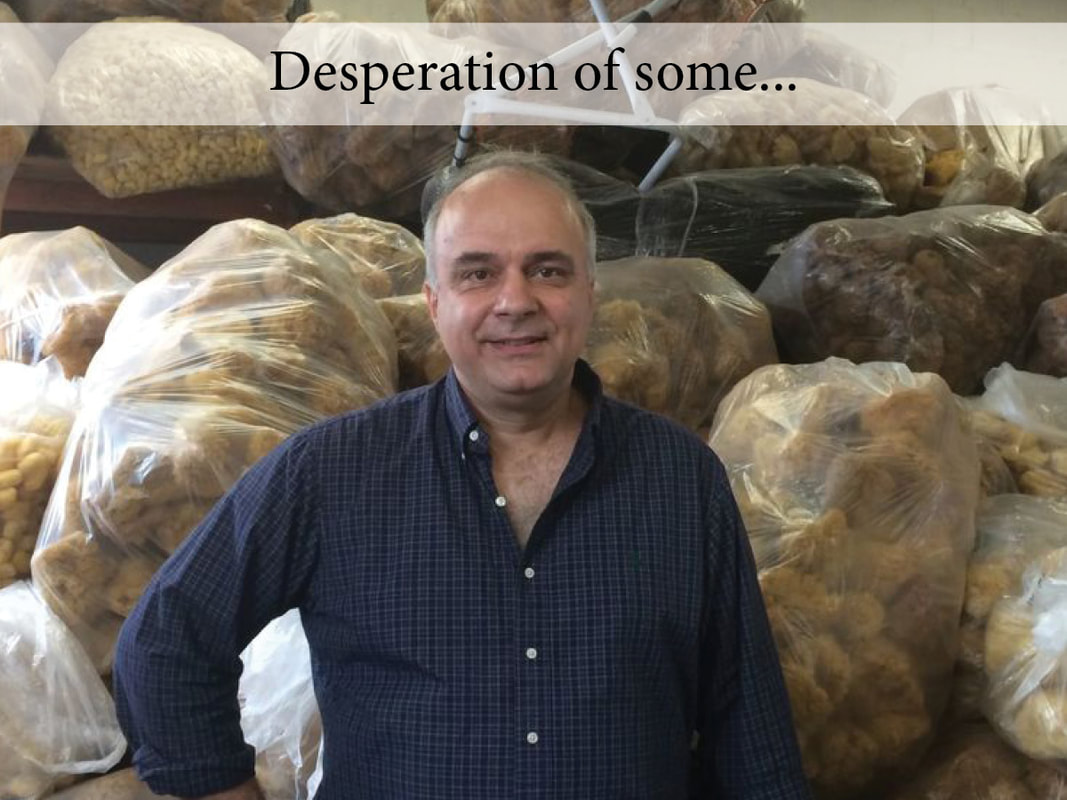
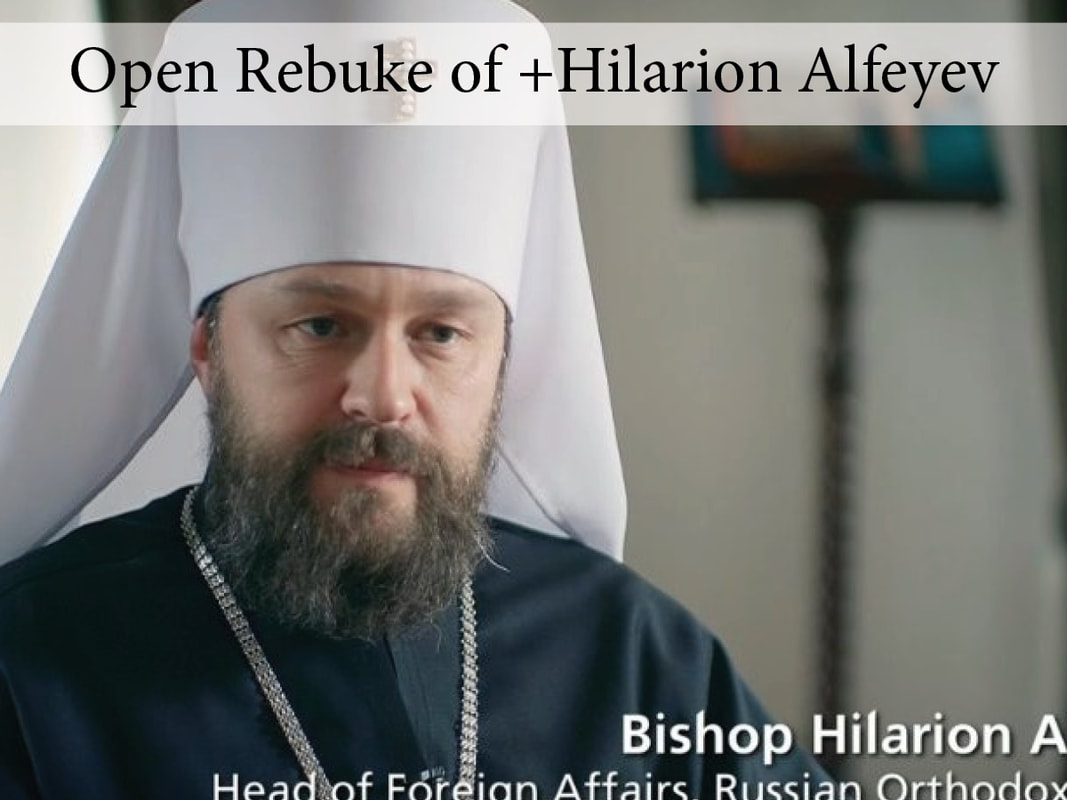
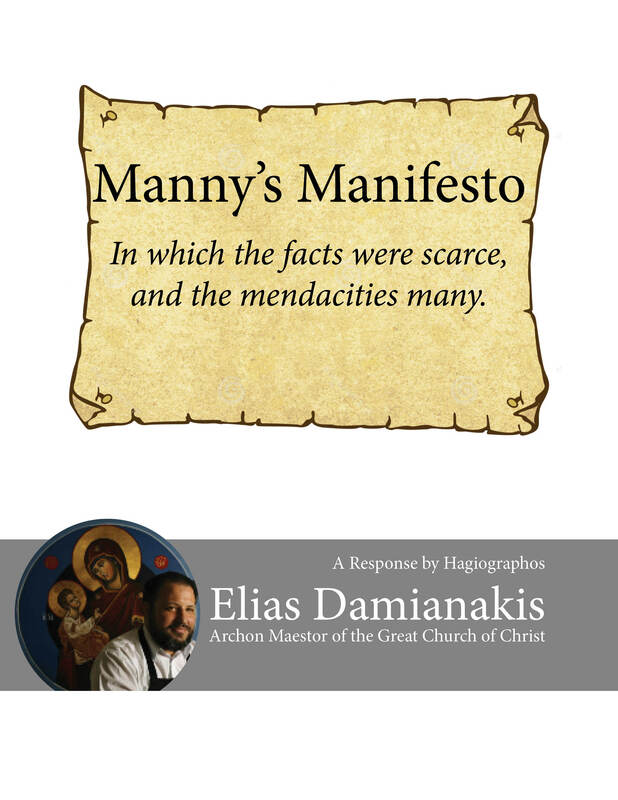
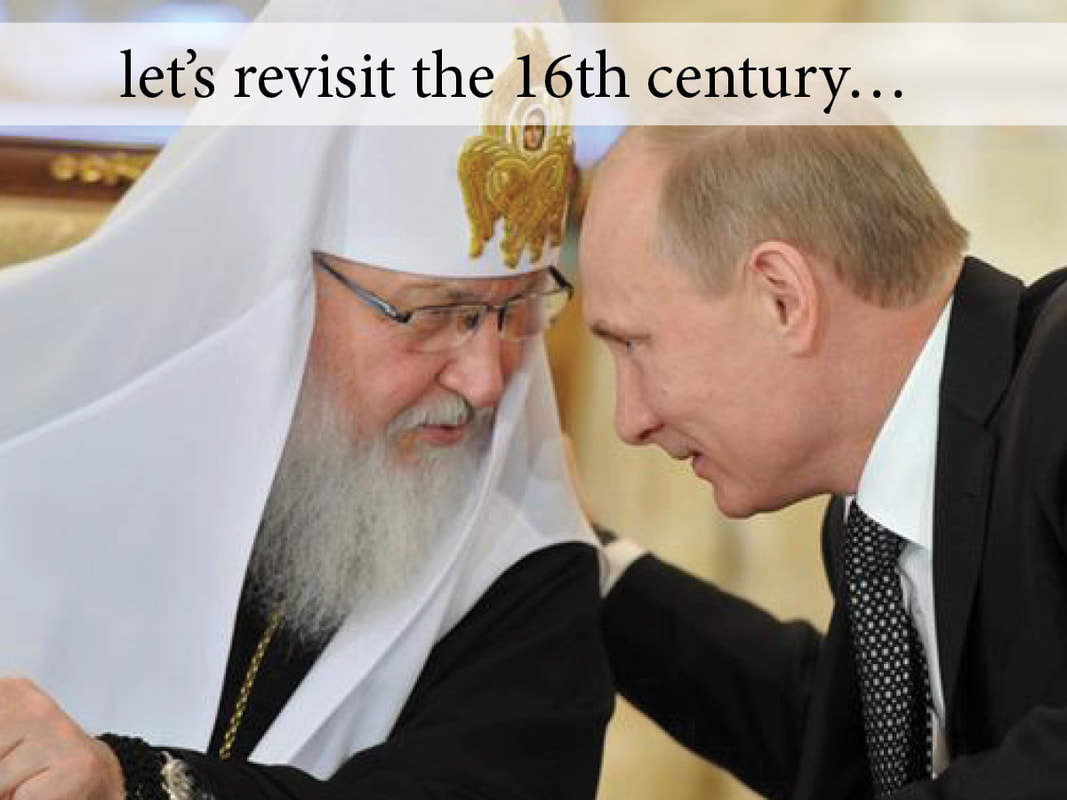
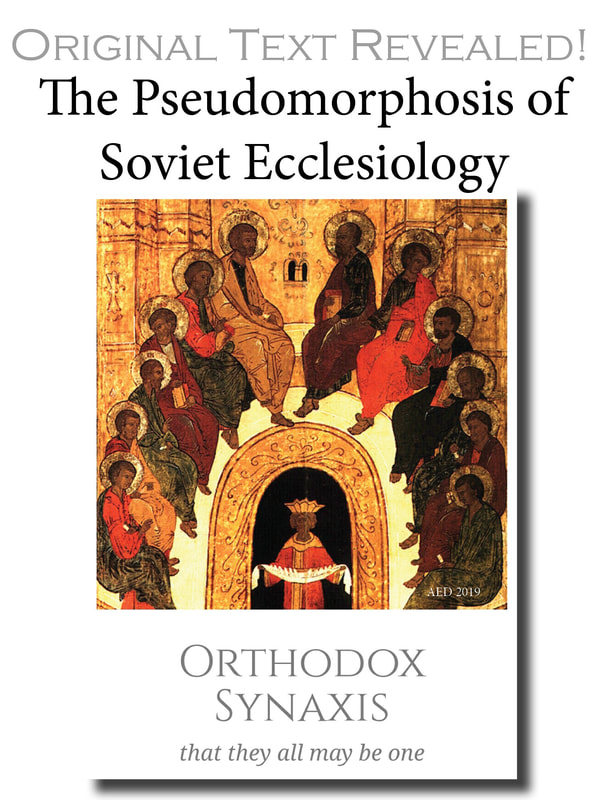
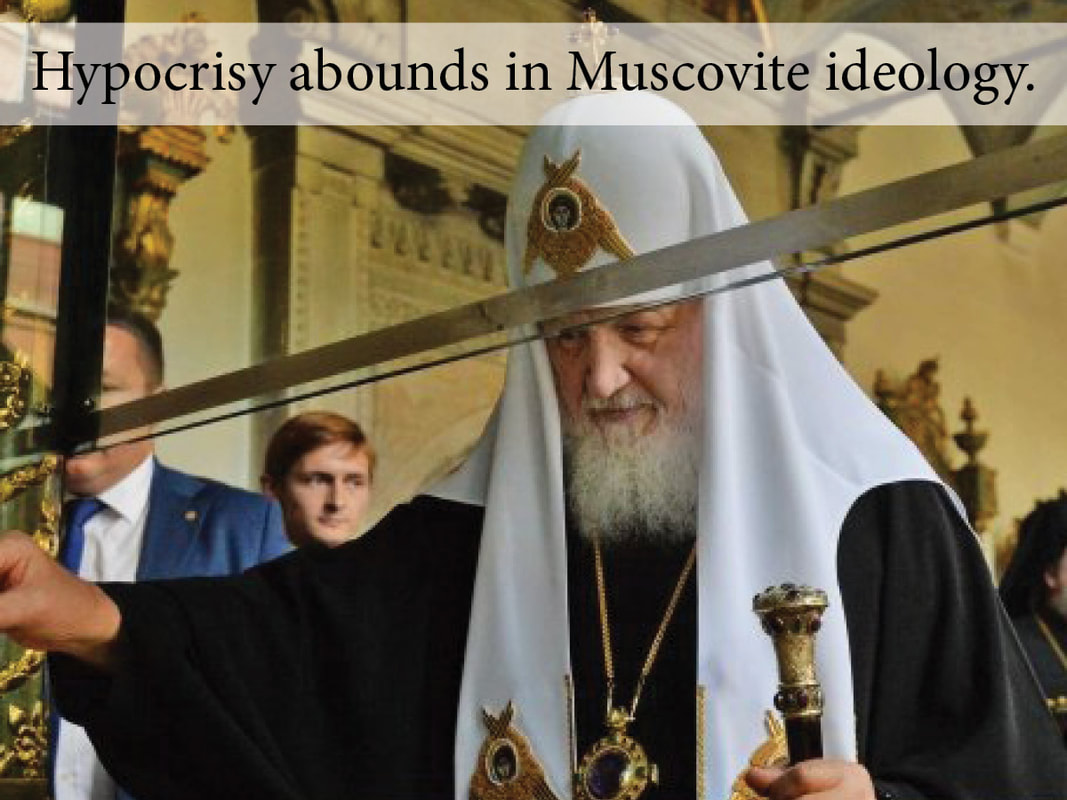
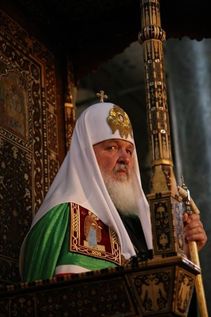
 RSS Feed
RSS Feed
